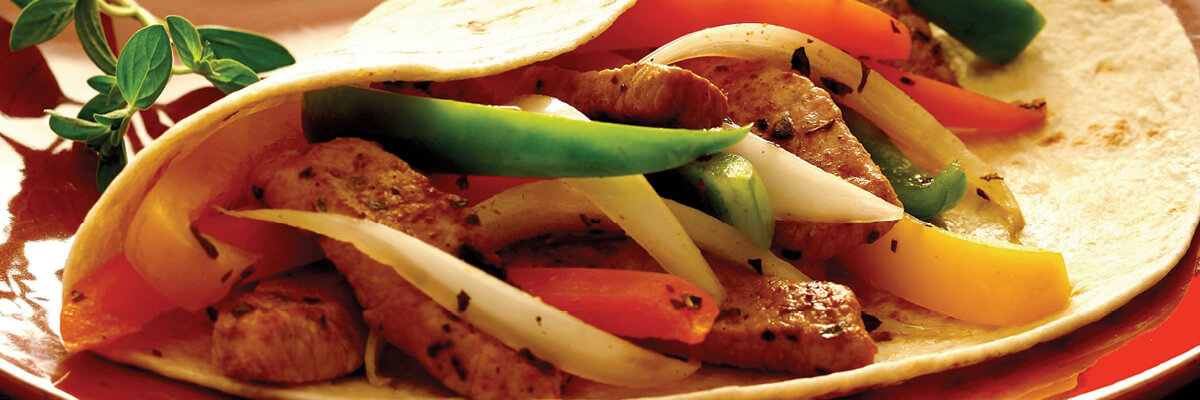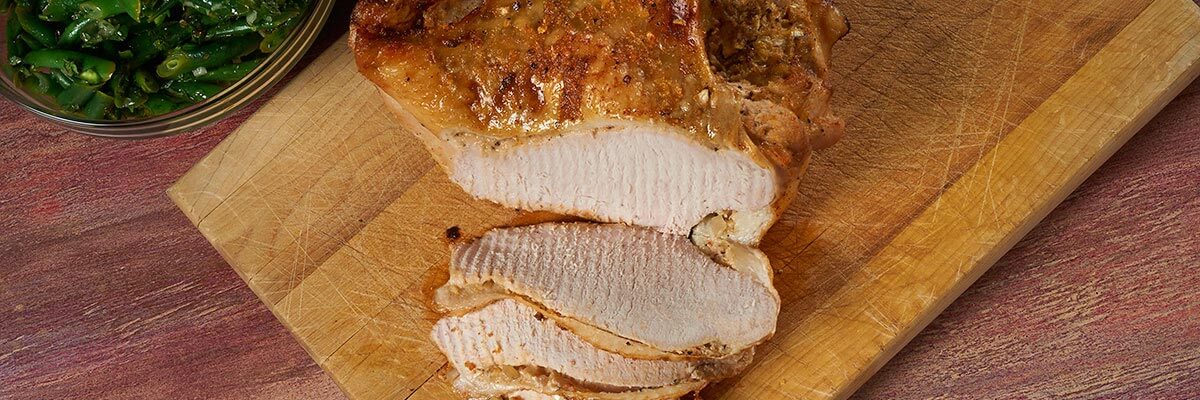Ingredients
- 8 ounces flat rice noodles, uncooked
- 1 tablespoon sesame oil
- 2 teaspoons reduced-sodium soy sauce
- 12 ounces ground chicken thigh meat
- 2 tablespoon oyster sauce
- 1 tablespoon Shaoxing rice wine
- 2 teaspoons sugar
- 1/2 cup low-sodium chicken broth
- 3/4 cup frozen green peas
- 1 tablespoon peanut oil
- 1 garlic clove, crushed
- 2 slices fresh ginger, 1″ diameter by x 1/8″ thick
- 1/2 cup scallions, finely chopped
- 1/2 teaspoon fresh ground pepper
- fresh cilantro for garnish
Preparation
- Bring a large pot of water to a boil. Turn off heat and add the rice noodles. Stir the noodles to avoid clumping and let soak for 2 to 3 minutes or until they are soft and transparent. Drain well and toss with the sesame oil.
- Mix reduced-sodium soy sauce with 1 teaspoon water. Sprinkle over the chicken and set aside.
- In a small bowl, mix the oyster sauce, wine, sugar and chicken stock.
- Place frozen peas in a colander under warm running water for a few minutes to thaw.
- Heat a wok or large sauté pan over high heat until very hot; add the peanut oil. When the oil is hot, scatter in the garlic, ginger and half the scallions and stir briskly a few times. Add the chicken and stir-fry for 2 minutes, turning and tossing to break up any clumps of chicken.
- Stir the oyster sauce mixture, pour it over the chicken and stir-fry for 2 minutes. Add the peas and noodles, and stir-fry briskly for 3 minutes, or until the chicken is thoroughly cooked and noodles are tender and colored from the sauce. If needed, add a little more broth to help noodles soften.
- Grind black pepper over the top to taste, garnish with remaining scallions and cilantro leaves. Serve at once.
Helpful hints
- Check sodium content on noodles and oyster sauce. Choose the brands lowest in sodium.
- Shaoxing rice wine, made in the Zheijang province of China, is made from fermented glutinous rice. It is aged at least 5 years, and resembles dry sherry. Be aware some brands of rice cooking wine may have salt added and should be avoided. Substitute dry sherry if rice wine is unavailable.




